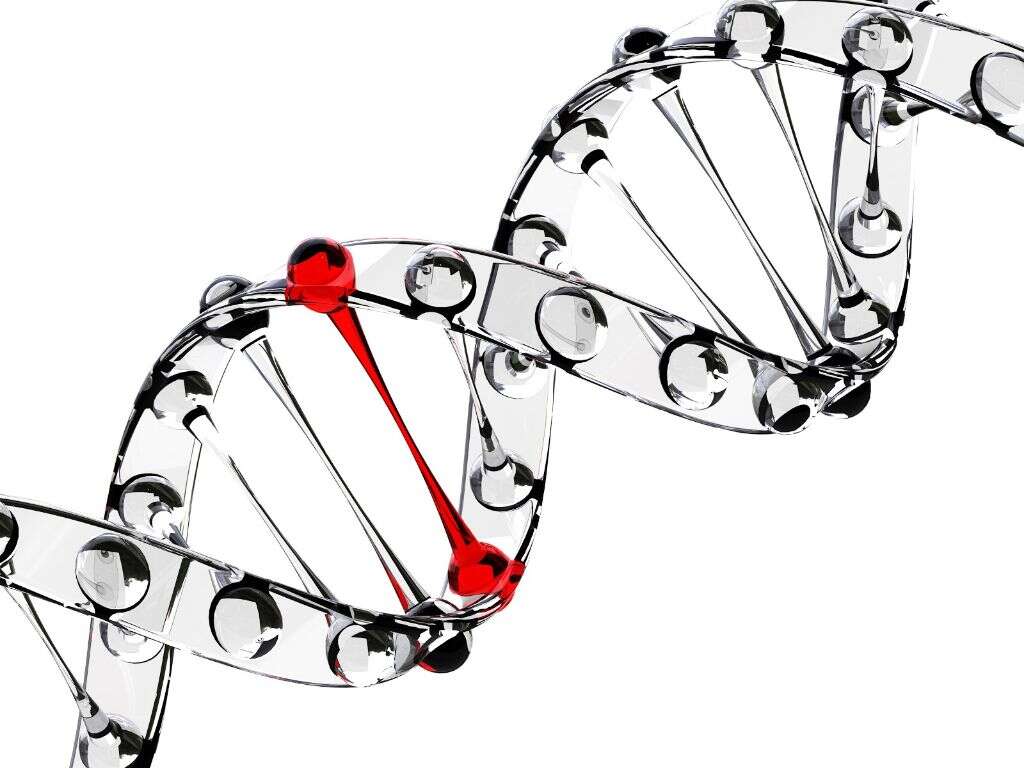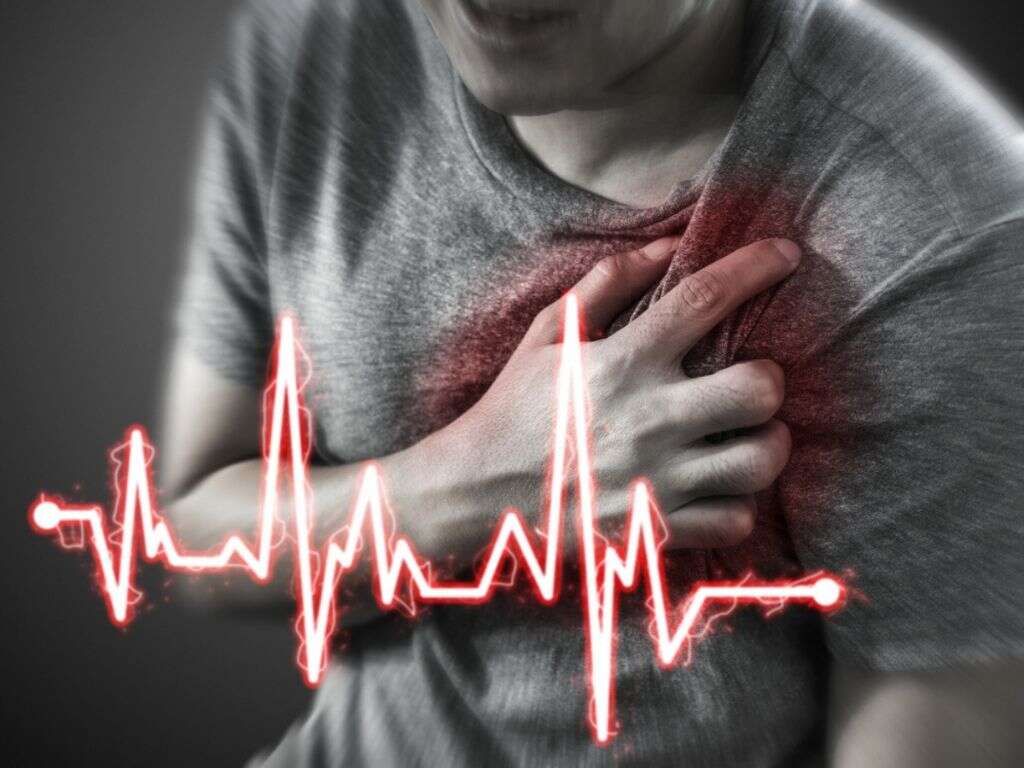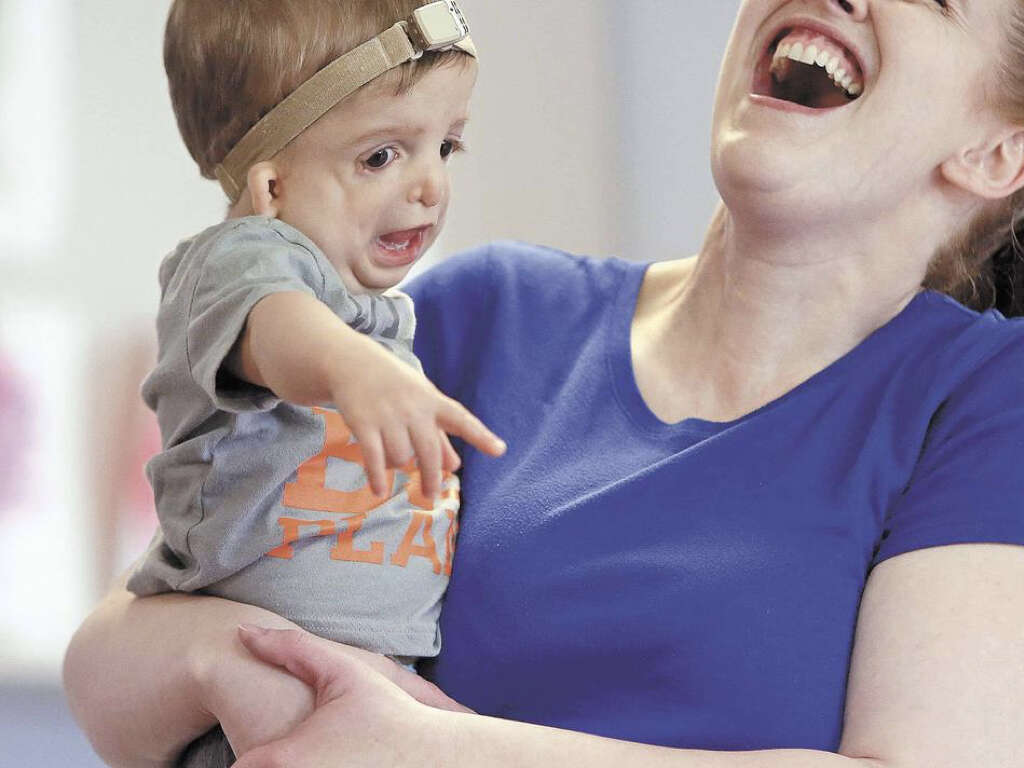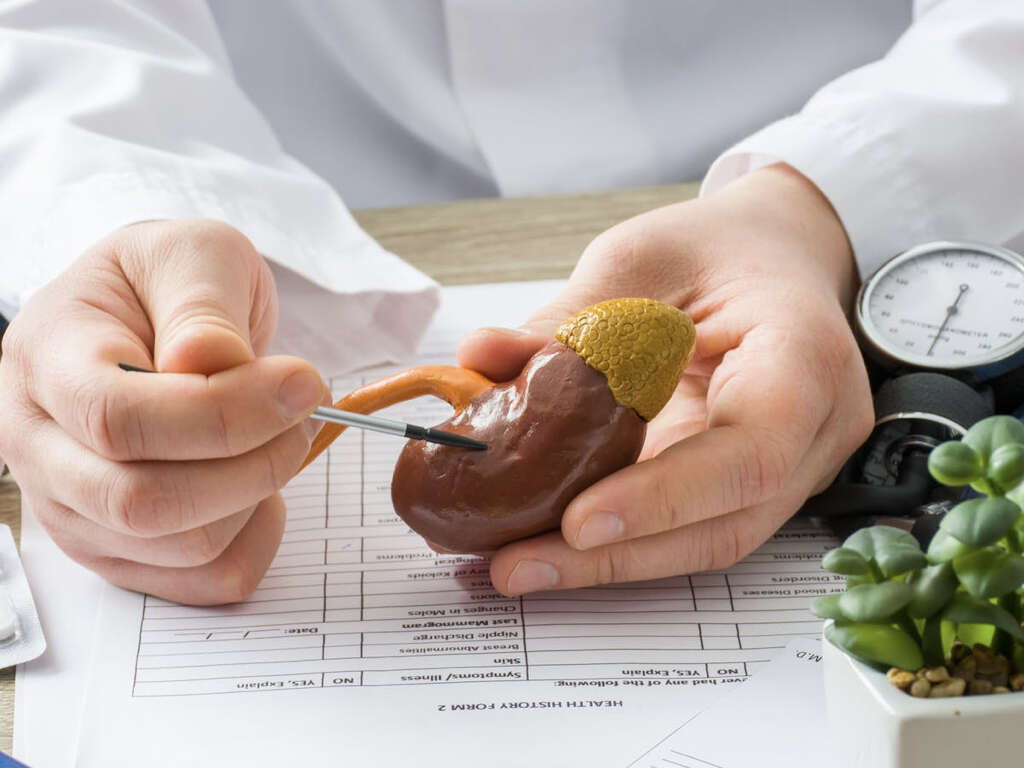What Is Gilbert Syndrome?
Our livers have a variety of functions. Perhaps the most important of all is helping to remove toxins from the blood, and this makes it important to look after our liver as best we can. If we don’t, then we might end up with some serious problems at some point in the future.
Not all problems with the liver are quite so serious, even though they might sometimes result in some quite visually striking symptoms. One such symptom is Gilbert’s syndrome, and it should cause no reason for concern at all. It is a fairly common condition, although a lot of people are not even aware that they have it.

1. Bilirubin
Just like all the other cells in our body, our red blood cells have only a limited life. When in the body, the average blood cell will live for around 4 months. When they do die, expired blood cells will begin to break down and the remains will be processed by the body. One of the products of the breaking down of red blood cells is bilirubin.
Bilirubin is a yellow substance that will usually be processed by the liver, and some of it will end up in our bile. If the liver is unable to process the substance, for whatever reason, then more of it will end up in the blood stream as usual.

2. Gilbert’s Syndrome
Gilbert’s syndrome is a condition that is also known as familial nonhemolytic jaundice, and constitutional hepatic dysfunction. Having the condition means that the liver is unable to process the bilirubin as it usually would do. This can result in more of the substance being present in the patient’s blood.
Bilirubin is in itself a harmless substance, and Gilbert’s syndrome is also a harmless condition. It can lead to some complications where certain medications are involved, however. Regardless, the symptoms of Gilbert’s disease can also be caused by potentially serious underlying problems, so you should arrange to get the symptoms checked out in case.
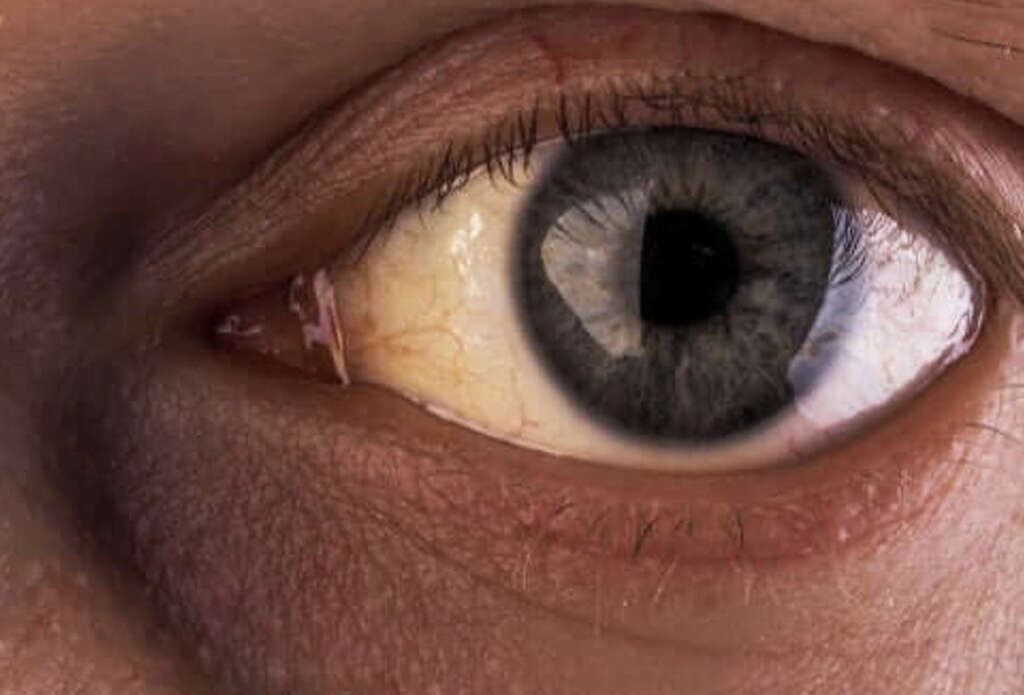
3. Causes
Gilbert’s syndrome is a genetic abnormality that is passed down from the patient’s parents. The gene in question is responsible for controlling a particular enzyme. This enzyme, in turn, is responsible for breaking down bilirubin in the body. The ineffective gene means not enough of the enzyme is produced, hence the excess bilirubin.
People that have Gilbert’s syndrome will have parents that each have the abnormal gene themselves. It is also more likely to appear in males than in females. Most people will not be aware that they even have the condition until they reach puberty, or maybe even later in life.

4. Jaundice
As mentioned, bilirubin is yellow in color. When there is more of it than usual in the body, it can begin to accumulate in the tissues. When this happens, the yellow pigment of the bilirubin will cause the skin to become yellow also. This is a relatively common condition that is known as jaundice.
Jaundice is most visible in the whites of the eyes and in places where the blood flows closest to the surface of the skin. Jaundice is in itself not a harmful condition. It can, however, be caused by potentially serious conditions like liver failure so it is something that should be checked out.

5. Other Symptoms
Most people with Gilbert’s syndrome will experience no symptoms at all. Indeed, most people with the condition will be completely unaware that they even have it. Around 1/3 of all people that do discover they have it do so by chance, such as when blood tests are being performed for a general health checkup.
In addition to jaundice, however, some people with Gilbert’s syndrome will experience some discomfort in the abdomen area. Others will feel fatigued some of the time, while nausea and diarrhea are also symptoms that some people will experience. Even when symptoms are felt, they will usually be only mild.

6. Triggers
Some people with Gilbert’s syndrome will find that their bilirubin levels increase due to certain triggers. In some cases, these triggers can be what causes the patient to realize that they have the condition at all. One of the triggers for increasing bilirubin levels is illnesses, including common illness like the flu and the cold.
Other possible triggers are dehydration and a reduction in the consumption of calories. Menstruation is another potential cause, while stress is also a cause in some cases. Some people that have been taking part in heavy exercise will develop symptoms, as will some people that have not been getting enough sleep.

7. Medication Issues
There is no medication for Gilbert’s syndrome, although patients might sometimes want help in reducing their symptoms. Gilbert’s syndrome can sometimes cause a reaction to certain medications, however. This is because the enzyme that is responsible for breaking down bilirubin is also responsible for breaking down some medications.
One such medication is Tylenol and some other, less used, drugs can also cause issues. The reactions are not serious and many patients will experience diarrhea at the worst. Regardless, if you do have any condition that can cause a reaction to drugs, you should let your doctor know if they are prescribing medication for you.
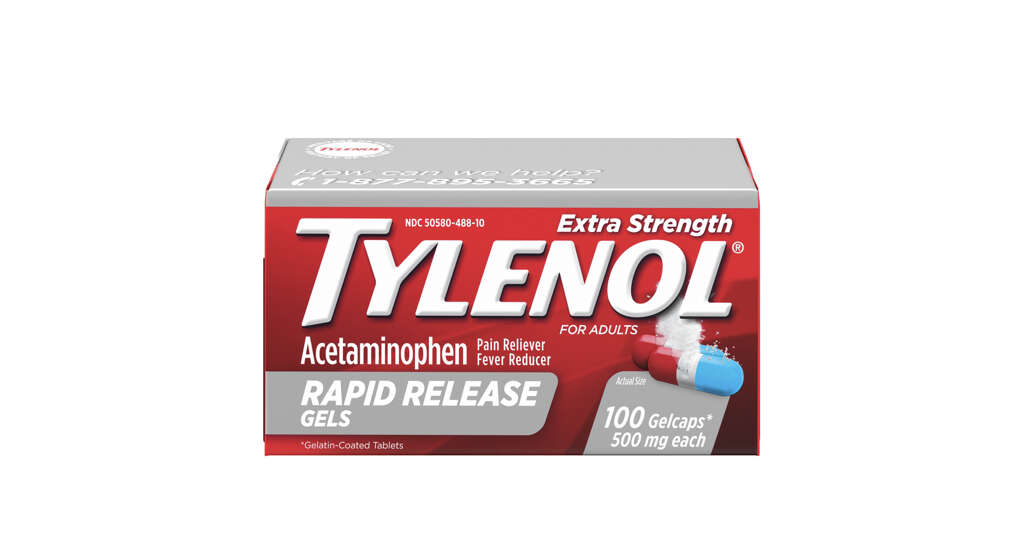
8. Prevalence
Because most people with Gilbert’s syndrome will not show symptoms, the majority will go undiagnosed. This makes it difficult to be sure just how many people have it, but it does appear to be a relatively common condition. It has been as estimated that as many as 1 in 20 people have Gilbert’s syndrome.
If you are diagnosed with the condition then there is nothing to worry about. Asides from those symptoms mentioned, the condition will cause few, if any, issues for you. People with the condition go on to have a perfectly normal life, albeit sometimes with some mild side effects.

9. Diagnosis
As mentioned, many people with Gilbert’s syndrome will only find out by chance, and many will never find out at all. If you are showing signs of jaundice for reasons that cannot be explained, however, then a doctor may choose to perform tests. The tests will often involve ruling out other, potentially more serious conditions first.
Doctors will often be satisfied by tests that rule out serious conditions without necessarily confirming Gilbert’s syndrome. It is not a dangerous condition so there is no need to investigate further in most cases. If it is deemed necessary to confirm the condition, genetic testing can be used.
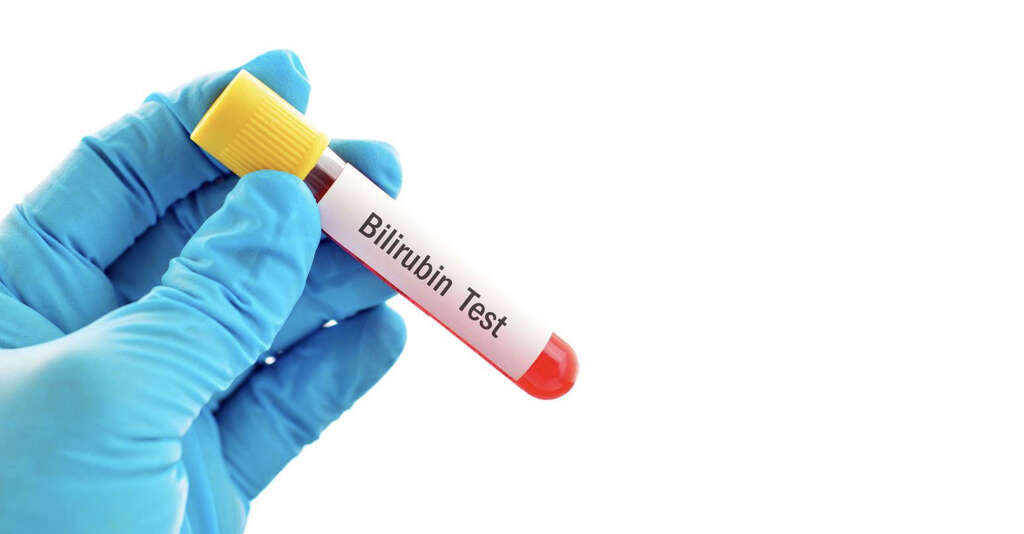
10. Treatment
Patients with Gilbert’s syndrome will not need medication, asides maybe for some that will help with some symptoms. The bilirubin levels will often not be high and, even when they are, it is not a problem for the patient. Some lifestyle choices should still be followed, however.
If the patient recognizes a trigger for an increase in bilirubin levels then they should try and avoid those triggers. The patient should also avoid medications that can lead to further problems. The patient is also advised to eat a healthy, balanced diet with plenty of calories, and to avoid fasting where possible.




